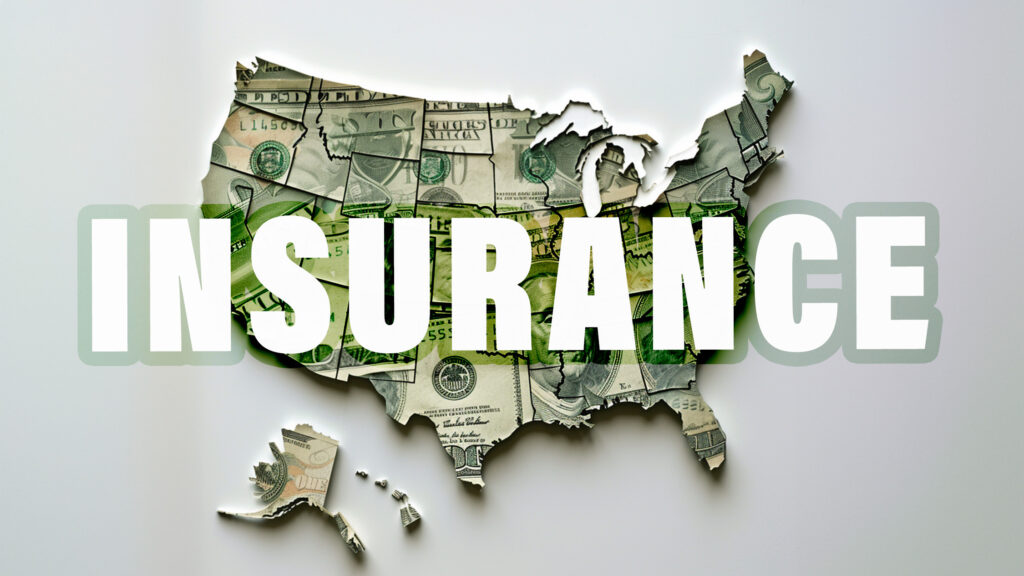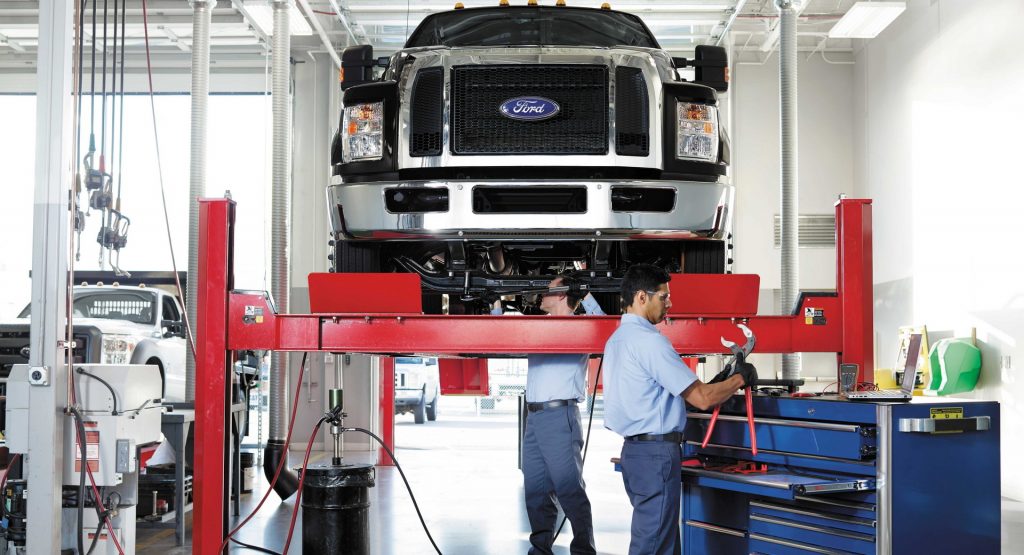The significant rise in insurance coverage costs is among the factors contributing to the persistent inflation in the U.S. in 2024
March 12, 2024 at 18:03
 –>
–> 
–>
Greater availability of new cars as supply bottlenecks ease means you’re less likely to be stung by price gouging than you were a couple of years ago. But you’re almost certainly paying a heap more to insure that new car, according to new government figures.
The cost of auto cover has rocketed by 20.6 percent in the past 12 months, an increase that’s far beyond the overall 3.2 percent increase on the U.S. Bureau of Labor Statistics’ Consumer Price Index.
That jump in insurance premiums, which is partly down to the increased cost of repairing ever more advanced cars, including EVs, is causing a headache for government officials who have battled to bring inflation down from a high of over 9 percent in the summer of 2022.
Related: Chinese EVs Become Virtually Uninsurable In UK Even Though There’s Nothing Wrong With Them

There is some good news for drivers, though. The cost of gasoline has fallen by 3.9 percent in the last year, according to the CPI, and used cars and truck prices are also down by almost 2 percent.
Exactly how much Americans pay for their insurance, of course, depends on where they live, the premiums varying quite dramatically from state to state. Floridians pay the most for their insurance, according to carinsurance.com, a year’s premium coming in at $2,560, with Louisiana ($2,546) snapping at its heels.
Drivers in Ohio, on the other hand, pay an average of just $1,023 to cover their cars, making it the most insurance-friendly state, with Maine ($1,116) next on the list.
The national average for a full coverage policy is $1,682, but some drivers manage to pay under $500, while others are paying many times as much. Factors such as different theft and accident rates partially explain the discrepancies in the cost of cover between states, but another reason is that each state has its own rules about the minimum level of cover offered.

 <!–
<!– –>
–> 
